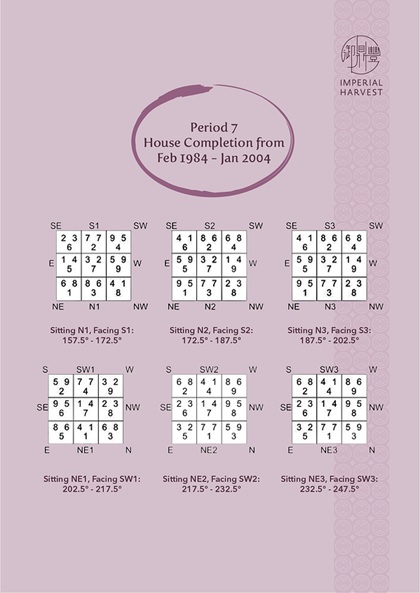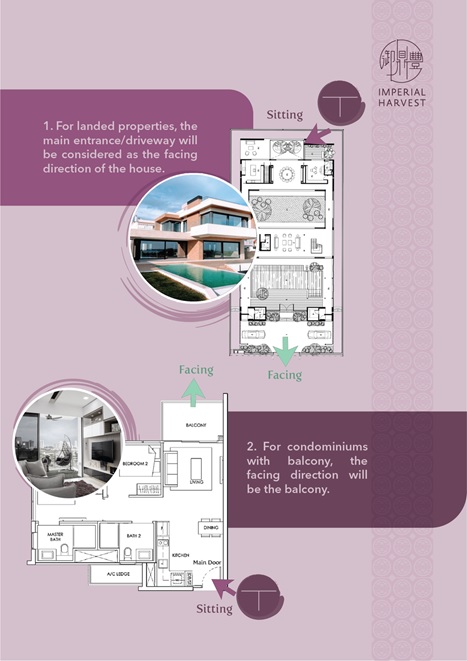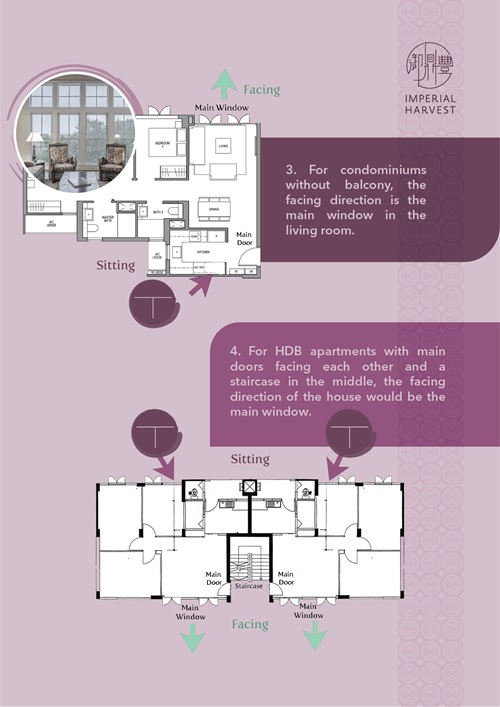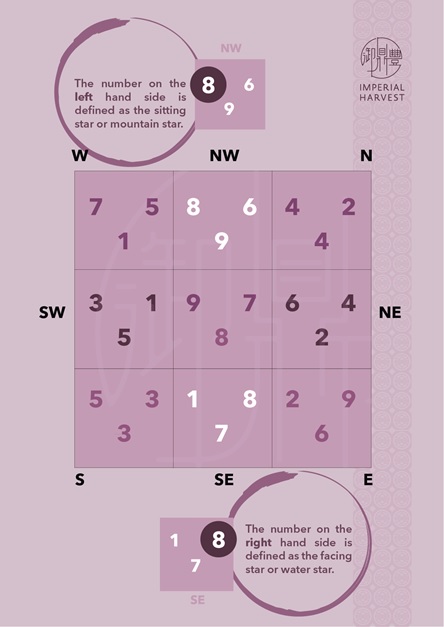Imperial Harvest Advises on Decoding 81 Flying Star Combination
Living & Lifestyle5 minutes read
3254 views
3254 views
Working from home has become the new norm for many of us, this makes our home Feng Shui more important than ever.
In this article, Imperial Harvest’s Master David Goh will share:
1. How to determine the period and facing direction of your house
2. How to map out the San Yuan Xuan Kong Flying Star chart
3. How to interpret the 81 flying star combinations in your house Flying Star chart
Feng Shui is about understanding the invisible forces that govern the well-being and prosperity of space.
It is similar to the principles of electromagnetic forces; while it is invisible to naked eyes, it affects our daily lives in major ways.
San Yuan Xuan Kong Flying Star is one of the key principles that help Imperial Feng Shui practitioners to map the energy chart of a house, office and retail space.
Plotting the energy chart allows us to forecast and understand the physical well-being and prosperity of the occupants and business owners.
Following which, Master David Goh will decode the secrets of 81 Flying Stars Combinations based on four highly authoritative Xuan Kong Flying Stars Classics:
Flying Star Commentary 飞星赋
Purple White Scroll 紫白诀
Classics of Mystical Stars 玄机赋
Secret Decree of Xuan Kong 玄空秘旨
How to plot the energy chart based in San Yuan Xuan Kong Flying Star principles
To plot the energy blueprint, it is important to understand the concepts of period and facing direction.
What is a house period in Feng Shui?

Chart © Imperial Harvest
Period is a term used in San Yuan Xuan Kong Flying Star as a way to define the movement of various energies in one's home or office. It deals with the time factor and how it affects us. There are nine periods, each lasting 20 years.
How to determine the period of a house?
For high-rise building (HDB, Condominium, Office Buildings)
In order to define the house period, you need to know the year your house or building has completed construction and the year and month the building is first occupied. For example, a building is considered a Period 8 house even if construction commenced in 2003 (period 7) but completed and first occupied in Feb 2005 (period 8).
| Period | Year of Occupation |
| 1 | Feb 1864 to Jan 1884 |
| 2 | Feb 1884 to Jan 1904 |
| 3 | Feb 1904 to Jan 1924 |
| 4 | Feb 1924 to Jan 1944 |
| 5 | Feb 1944 to Jan 1964 |
| 6 | Feb 1964 to Jan 1984 |
| 7 | Feb 1984 to Jan 2004 |
| 8 | Feb 2004 to Jan 2024 |
| 9 | Feb 2024 to Jan 2044 |
For landed houses (Terraced, Semi-detached, Bungalows)
For owners who stay in landed houses, the house is connected to the earth's energy. Hence the period of the house is defined differently.
The landed house was constructed in Feb 1990. The first owner moved in October 1990 (Period 7) and stayed until Feb 2005. The second owner moved in May 2005.
This landed house is considered as period 8.
Next, we have to measure the facing direction of the chart.
The facing direction of the house is defined by the intended facing direction of the building.
As modern architecture evolves, it is possible for a building to have multiple intended facing directions. This makes things more complicated.
Here are a few general rules we apply to determine the facing directions of an apartment.
1. For landed properties, the main entrance/driveway will be considered as the facing direction of the house.
2. For condominiums with balcony, the facing direction will be the balcony.
3. For condominiums without a balcony, the facing direction is the main window in the living room.
4. For HDB apartments with main doors facing each other and a staircase in the middle, the facing direction of the house would be the main window.
5. For HDB apartments that have a long corridor, the facing direction of the house will be the main door.
6. For HDB apartments with a balcony, the facing direction of the house will be the balcony.

Image © Imperial Harvest

Image © Imperial Harvest

Image © Imperial Harvest
Once we have the Period and Facing Direction of the house, you can refer to the appendix here to see the Flying Star chart of your house.
Understanding the meaning behind the 81 flying star combination in each chart

Image © Imperial Harvest
The number on the left-hand side is defined as the sitting star or mountain star.
The number on the right-hand side is defined as the facing star or water star.
Mountain star governs the benefactor, health and harmony. Water star governs the opportunities, intuition and judgment.
To become wealthy and successful in all aspects of our lives, our living and working environment have to support our pursuit of success.
That means the mountain and water star have to be positioned at the right sector to help us garner benefactors, opportunities, health, harmony and success.
Master David distilled three generations of Feng Shui wisdom into a powerful and effective table that explains the various effects of the 81 flying star combinations. Click the image below to get a copy!
Request for quotes and we'll match you with a selection of Interior Designers!
Previous
6 Do's And Don'ts Of Interior Design


 Sign Up with Google
Sign Up with Google

.jpg)


